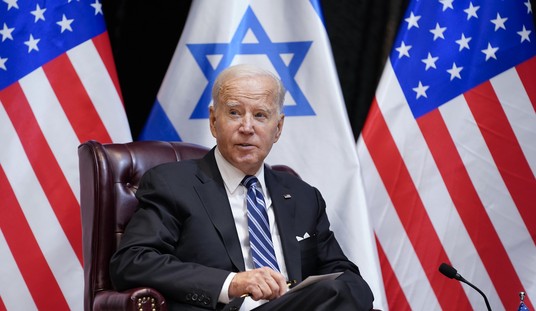J.P. Morgan Chase’s (NYSE: JPM) announcement that it will invest $100 million in Detroit during the next five years exemplifies the critical importance of private sector involvement in spurring an economic renaissance.
The investment is a welcome boost for the Motor City, which still is seeking to restructure its finances through a rare municipal bankruptcy filing. Investment directed at projects that offer a banking company a chance to profit and enhance its long-term business prospects beats taxpayer-funded rescue packages that run the risk of going to politically connected people and projects rather than the ones most likely to develop sustainable businesses and contributing members of society.
The $100 million investment, championed by J.P. Morgan Chase CEO Jamie Dimon, will provide:
-$50 million split between two Detroit development projects, Invest Detroit and Capital Impact Partners.
-$25 million to blight-removal activities, such as $5 million for the Detroit Land Bank Authority, $5 million for a Rehab Loan Pilot Program that will help families buy homes through the city’s property auction and $1 million to expand the Motor City Mapping survey to create online access to properties in the city.
-$12.5 million in an array of training programs and efforts to help city residents obtain jobs and training.
-$7.5 million to partner with agencies in the city that support small business development.
Recommended
-$5.5 million to the proposed M-1 Rail project and similar initiatives.
The world’s largest bank is putting its money where it can enhance Detroit’s appeal as a place to live and to work. It also is aiding in the start-up and sustainability of job-creating small businesses.
Legislators in economically battered Michigan are considering a costly proposal that would devote $350 million during the next 20 years to prop up Detroit’s underfunded pensions and prevent the sale of artwork from the Detroit Institute of Arts during the city’s bankruptcy proceedings. With the state’s tax dollars precious and scarce, it is hard pressed to fund road improvement projects, among other priorities. Any siphoning off of $350 million to help bailout Detroit from obligations its elected leaders created would be money unavailable to other parts of the state.
The situation also shows that doling out government funding is a “zero-sum game” in which a limited amount of money is available and lawmakers are put in the awkward position of needing to “rob Peter to pay Paul.”
Financially strained cities in Michigan extend beyond Detroit and include Flint and Hamtramck, among others.
Detroit, the largest U.S. city ever to file for bankruptcy protection, has been losing population for decades amid the decline of the U.S. auto industry. The city’s population has plunged more than 40 percent from its peak of nearly 1.2 million in the 1950s when the domestic auto industry was cruising along comfortably.
American vehicle manufacturers subsequently took on onerous labor contracts that led to huge legacy costs to fund expensive healthcare programs for retirees and family members, hurting the domestic manufacturers in competing with lower-cost foreign rivals.
Detroit’s July 2013 bankruptcy filing followed decades in which the city paid its bills by borrowing money and struggled to provide basic services. The city’s budget deficit is estimated at $380 million and its state-appointed emergency manager said he opted for bankruptcy rather than taking money from police, fire and other services in the face of the city’s $18 billion in debts.
Detroit and Flint once provided ample good-paying jobs to blue-collar workers. Now, the cities both have emergency financial managers and the challenge of trying to deliver services to their remaining citizens amid shrinking revenues and the thinning ranks of taxpayers.
Indeed, Flint’s population fell below 100,000 in 2013 for the first time since the 1920s, the U.S. Census Bureau reported on May 22 in its latest estimate. As populations in cities such as Detroit and Flint shrink, so do the number of taxpayers. And burdensome tax increases further drive residents and businesses into the suburbs or out of state.
The investment by J.P. Morgan Chase is a good step forward for Detroit in preparing to move beyond bankruptcy into a brighter future for its residents and its businesses. It is an investment that governments faced with conflicting demands for resources increasingly cannot afford to pursue. But government leaders can help by adopting policies that attract rather than discourage private sector investment in their communities.
Paul Dykewicz is the editorial director of Eagle Financial Publications and a columnist for Townhall and Townhall Finance.

























Join the conversation as a VIP Member